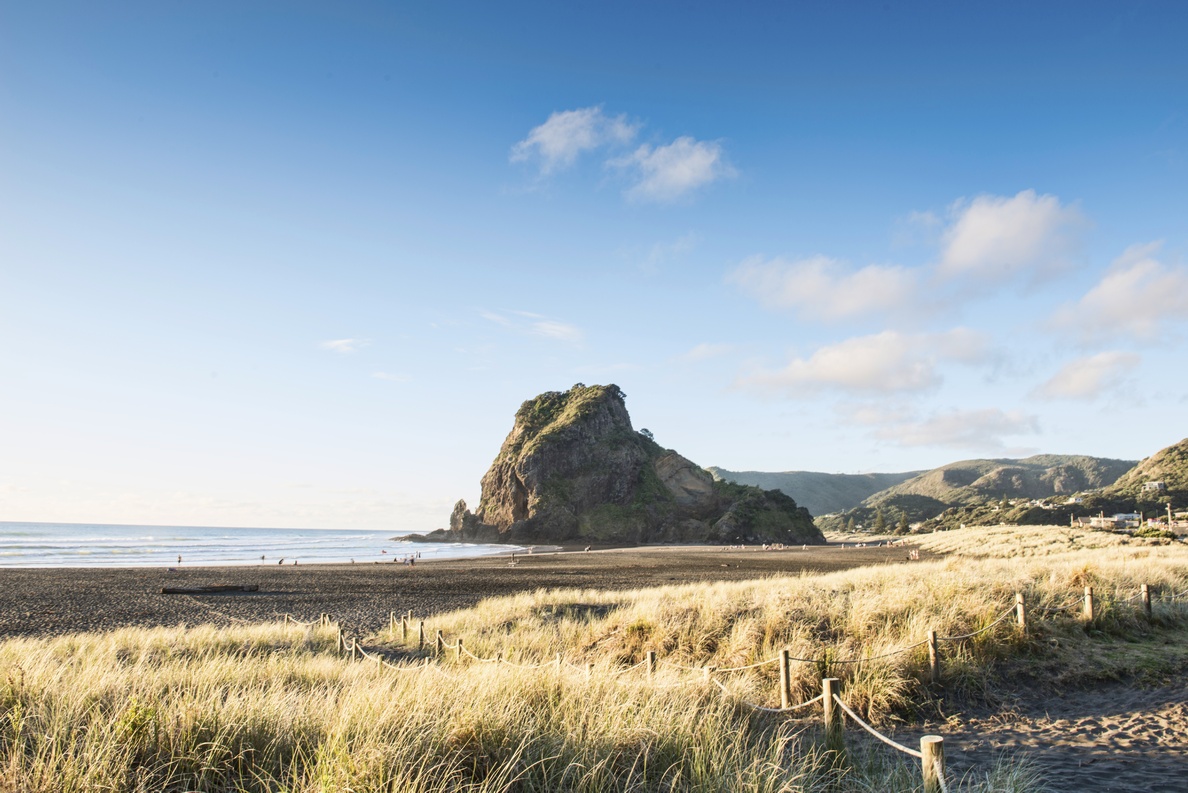Auckland east coast estuarine monitoring programme: summary of key changes 2015-2018
Author:
Judi E Hewitt, K R Carter, NIWASource:
Auckland Council Research and Evaluation Unit, RIMUPublication date:
2020Topics:
EnvironmentNote:
The report provides an update on ecological monitoring of eight small Auckland east coast estuaries focusing on animals living in mud and sand flats (benthic communities), as these animals form a significant link between sediment and water column processes. They are important prey for birds and fish, are sensitive to anthropogenic activities, and are relatively stationary and are therefore representative of local conditions.
Trend analysis showed changes in at least one of the 14 monitored variables at all estuaries, and an increase in the number of trends associated with sedimentation at all estuaries except Whangateau since last reported in 2015. All estuaries had trends detected that were consistent with increased sedimentation, suggesting that sedimentation is the greatest driver of change.
Using indicators of ecological health, sites ranged from extremely good to unhealthy, with the majority in the good or moderate category.
*****
Executive summary
Ecological monitoring started in Okura in 2000, in order to better assess the impacts of sediment loads on the health of valued estuarine resources. The abundances of 10 macrofauna taxa, macrofaunal community characteristics and bed sediment characteristics (14 variables) are now monitored in each of eight east coast estuaries – Okura, Puhoi, Waiwera, Orewa, Mangemangeroa, Turanga, Waikopua and Whangateau.
Monitoring focuses on animals living in mud and sand flats (benthic communities), as these animals form an important link between sediment and water column processes. They are important prey items for birds and fish, are sensitive to anthropogenic activities, and are relatively stationary and are therefore representative of local conditions. For these reasons, they are also widely used internationally for monitoring the health of ecosystems.
The purpose of this summary report is to provide an update on key trends observed when data from October 2015 to April 2018 is included in the time series. It documents the degree to which each estuary may be affected by terrestrial sediment inputs as well as their present status.
Scores for sites using the benthic health mud, metals and overall health score range from extremely good to unhealthy, with the majority in the good or moderate category. Using the traits-based indicator of functional health, two sites were ranked as unhealthy with low functional resilience (one in Orewa and one in Waiwera). The majority of the remainder of sites across all estuaries were ranked as having high functional redundancy and resilience with nine sites ranked as intermediate. Changes in health scores have been variable with scores shifting between groups (both increases and decreases) at six estuaries. Nine sites showed an improvement in health group and five sites a decline in health group. Trend analysis showed changes in at least one of the 14 monitored variables at all estuaries, and an increase in the number of trends associated with sedimentation at all estuaries except Whangateau since last reported (Hewitt & McCartain 2017). All estuaries had more trends detected that were consistent with increased sedimentation than trends that were not, suggesting that sedimentation is the greatest driver of change. These results suggest that, similar to the last reported, the estuary with the most changes are Okura, followed by Turanga and Waikopua. Whangateau has become the estuary with the least number of changes.
Analyses suggests that all the estuaries, with the possible exception of Whangateau, are at risk with the monitoring detecting trends consistent with increased sediment in each of these estuaries. Thus, continued monitoring of all estuaries is recommended.
Auckland Council technical report, TR2020/011
May 2020
